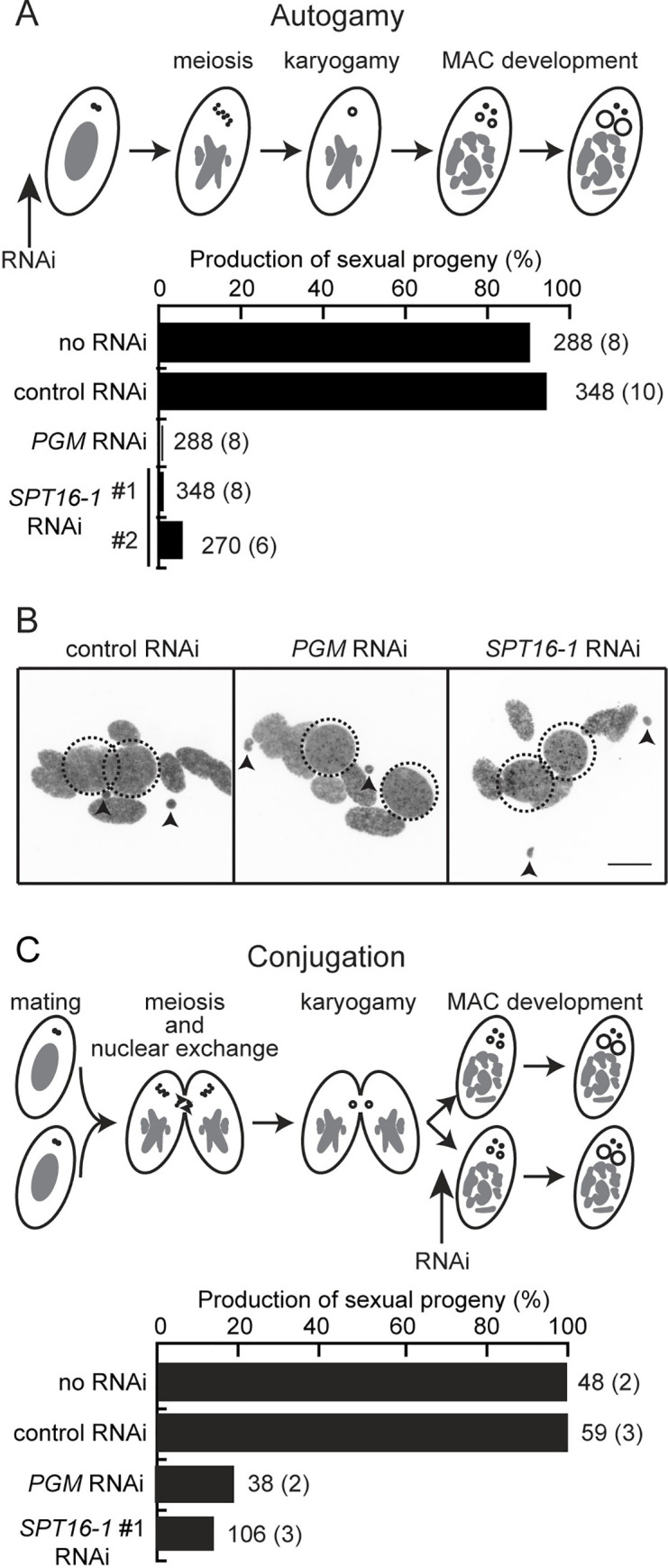Fig 2. Spt16-1 is essential for development.

(A) Production of post-autogamous sexual progeny following SPT16-1 gene silencing. The gene targeted in each silencing experiment is indicated. Two non-overlapping silencing fragments (#1 and #2) of the SPT16-1 gene were used independently. The ND7 or ICL7 genes were used as control RNAi targets, since their silencing has no effect on sexual processes [21]. The total number of autogamous cells analyzed for each RNAi and the number of independent experiments (in parenthesis) are indicated. Death in progeny after SPT16-1 silencing was observed after less than three cell divisions, as for PGM silencing. (B) Z-projections of Hoechst staining of control, Pgm or Spt16-1-depleted cells fixed at late stages of development during autogamy. Dashed black circles indicate the two developing MACs. Black arrows indicate the MICs. The other Hoechst-stained nuclei are fragments from the maternal somatic MAC. Scale bar is 10 μm. (C) SPT16-1 gene silencing following mating pair separation. See S1 File. The gene targeted in each silencing experiment is indicated. Only silencing fragment #1 of the SPT16-1 gene was used. The total number of cells analyzed for each RNAi and the number of independent experiments (in parenthesis) are indicated.
